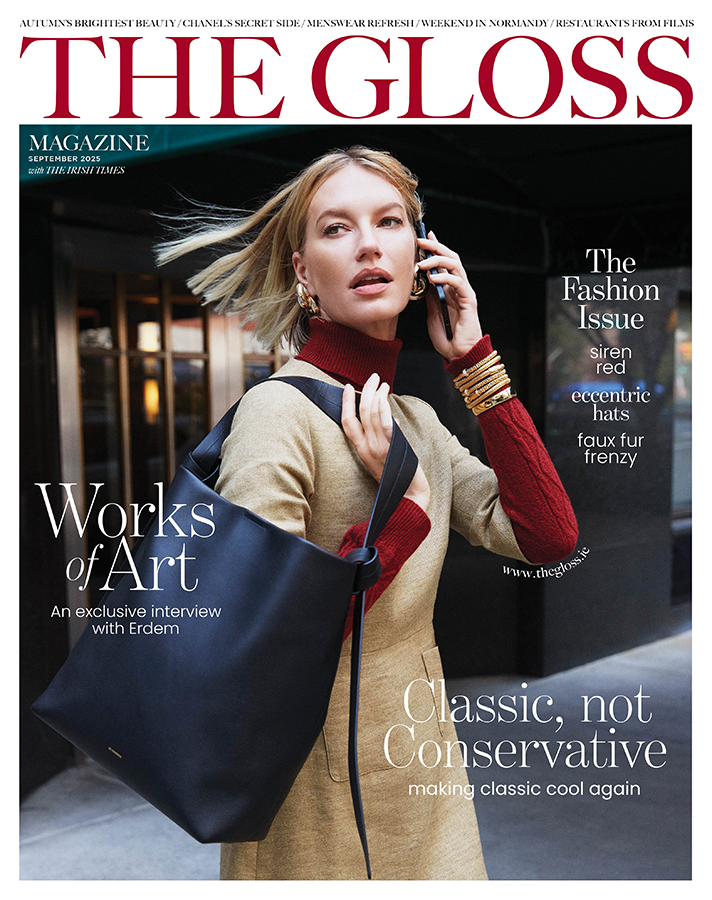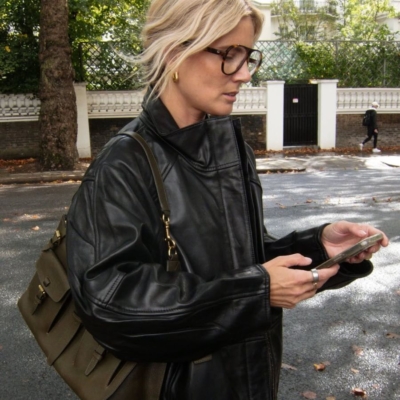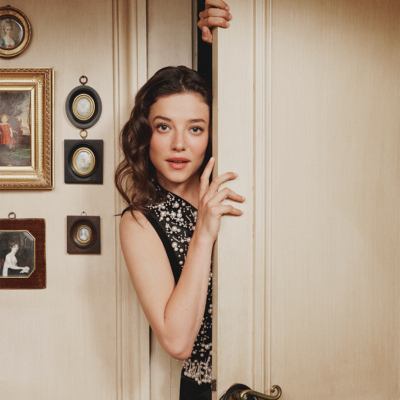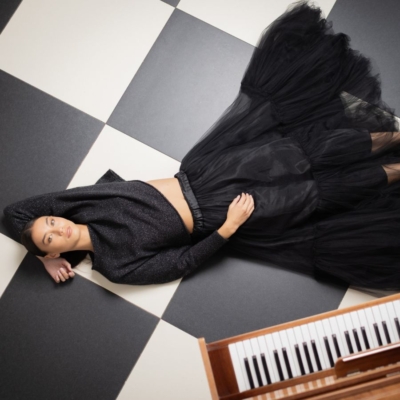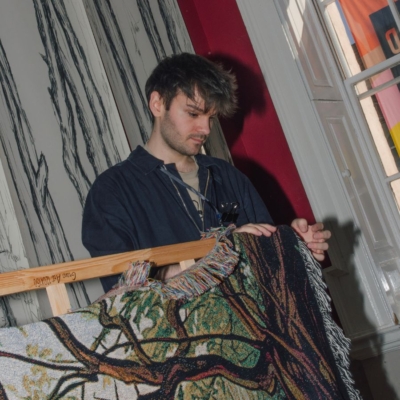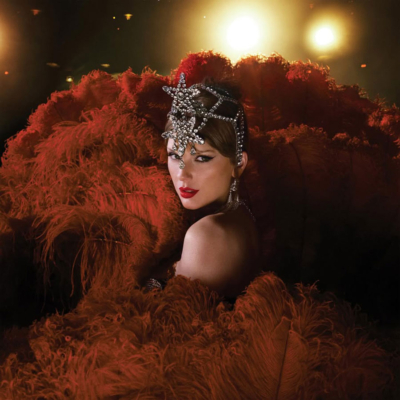Is Dakota Fanning’s pared-back wardrobe in new Netflix limited series Ripley a sign of the times or a missed opportunity, asks Sarah Macken …
All products featured on thegloss.ie are selected by our editors. If you buy something through affiliate links on our site we may earn a commission.
While the general consensus about Ripley on Netflix – the eight-part limited series is based on the book The Talented Mr.Ripley by Patricia Highsmith and is a reboot of the 1999 film of the same name – is that it is a slow burn, there’s been less to say about the fashion. Quite frankly, that’s because, in comparison to the film starring Gwyneth Paltrow, Matt Damon and Jude Law, and set on the Italian riviera in the 1950s, the style is rather a non-event. More precisely, it’s a yawn.
Ripley’s Marge Sherwood, played by Dakota Fanning, is an altogether more homely iteration compared to Paltrow’s thrillingly glamorous portrayal of the character. In Ripley, released last week on Netflix and directed by Stephen Zaillian who wrote Schindler’s List, she lingers around the house in a rather banal work from home look that wouldn’t seem out of place in 2024: shapeless cotton shirts that could double as pyjamas and oversized jumpers (it’s as if she lived through the pandemic, too), hair slicked back in an undone pony. She is reticent, bookish and disapproving of the stranger with designs to be her boyfriend’s new friend Tom Ripley (after all, she has reason to be), played by Irishman Andrew Scott.

Image courtesy of Netflix.
Indeed, at points there is more interest to be found in the wardrobe of Johnny Flynn (who plays Dickie Greenleaf with less charisma, but arguably a sliver more intrigue than Jude Law), who is attempting a career as a creative in painterly shirts, utilitarian jeans and simple T-shirts (at times, there are flashes of Dublin 8 hipster multi-hyphenate in his clothing choices) – or Freddie Miles’ androgynous suiting, played by Eliot Sumner, whose parents are Sting and Trudie Styler.
There is a sense of the subdued in the TV series that is reflected in Fanning’s costuming. Even in the moment of the couple’s first encounter with Ripley, on the beach at Atrani, Fanning’s look is downplayed, near on taciturn, in comparison to the vivid sea blues, sun-kissed tans and orange reds of the film (as lush and drinkable as an Aperol spritz). The fact that the eight-part limited series is entirely in black and white – a nod to the noir genre by the Oscar-winning cinematographer Robert Elswit – only serves to make things more eerie. Good for atmosphere, not so much, in this instance, for the covetable clothing we came to know and love in the original film. (That’s not to say a lack of technicolour and a sharp, scintillating wardrobe are mutually exclusive concepts. Ingrid Bergman’s cinched waists in Casablanca are but one stylish case in point.)


Images courtesy of Netflix.
To be fair, Fanning’s Marge had a lot to live up to. Paltrow’s iteration of the character has become almost a blueprint for Riviera dressing, referenced frequently in the fashion world. More recently, it has a new verve with the TikTok generation through trends such as #tomatogirlsummer and the vogue for highly aesthetic films where the Italian summer is a character in and of itself, such as Luca Guadagnino’s Call Me By Your Name. Ann Roth and Gary Jones, the costume designers in the 1999 film brought Marge to life in joyful floral skirts, crisp white shirts, tortoise-shell hair bands, preppy knits and leopard print coats, replete with matching hats, made to delight. She was sweet, wholesome and had an air of good breeding: although she is a tad bohemian she is polished, even when wearing pyjamas while perched at her typewriter. This season, the look is replicated on the catwalks by designers like Hermès, Casablanca and Chanel. Equally, in her smaller but perfectly-formed role, Cate Blanchett’s Meredith Logue embraced high octane dressing for an evening at the opera, all pearl necklaces and decadent gowns.
Meanwhile, in Ripley, the style, much like the storyline – as the tale of murder, deceit and intrigue reaches its peak – picks up as the episodes progress and we see Fanning in tweed coats and sharp boat necks in black to signify the end of summer and her character’s awakening to the truth and (spoiler alert) the ill fate of her boyfriend Dickie. Overall, however, it fails to capture the charm, or the pulse, of its predecessor. Whether the subdued fashion is a sign of the times we live in (an algorithm-inspired glorification of pared-back luxury) or simply a missed opportunity, remains a mystery.

Image courtesy of Netflix.
Ripley, an eight-part limited series, is on Netflix now.




